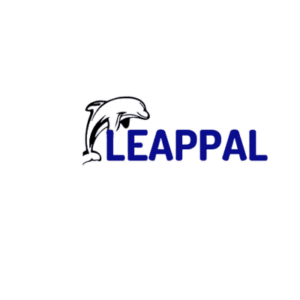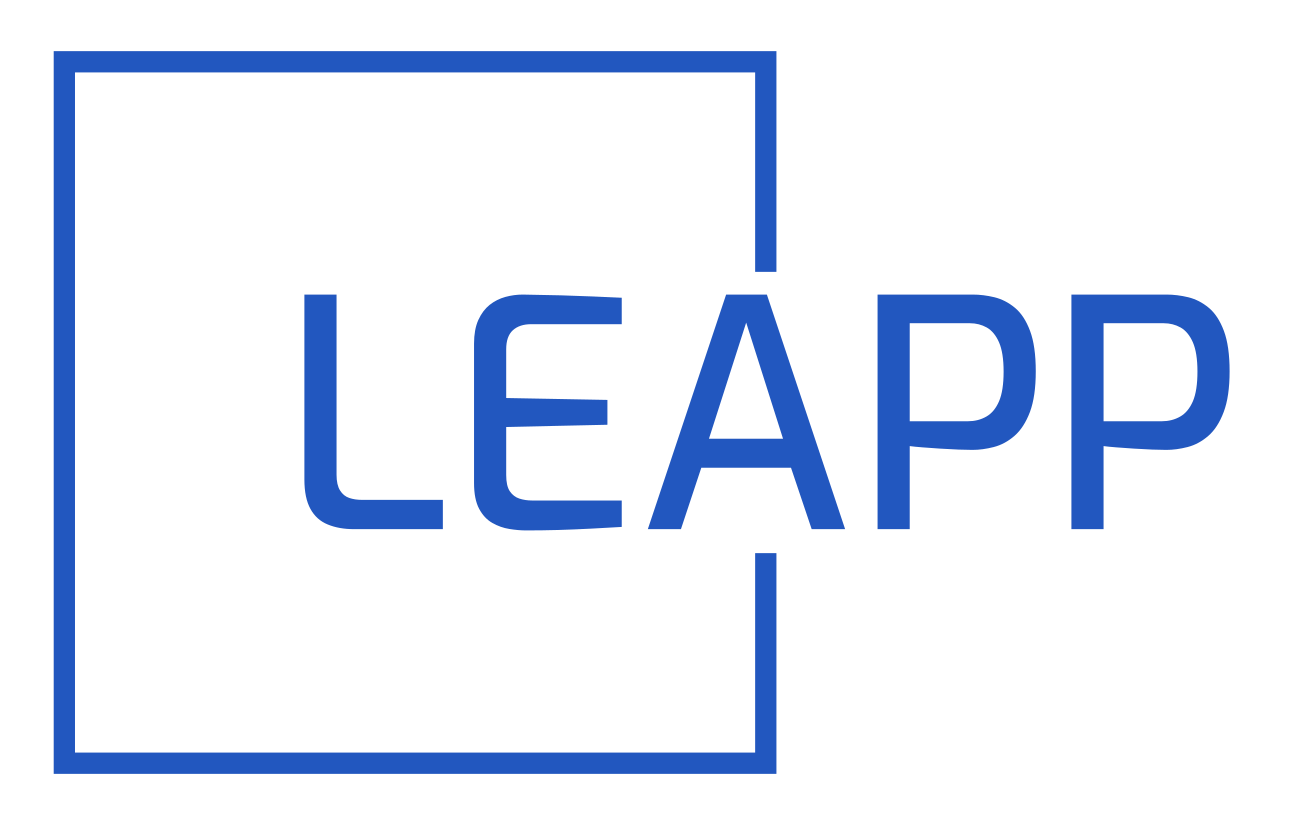
LEAPP Active Learning Model (LEAPPAL MODEL)
Core Concept
As per the constructivist approach, it is said that learner’s competencies, including knowledge, skillsets, and attitude can’t be taught, but the learner has to acquire them by himself. It’s the process through which the learner uses his critical thinking and experience on his own and incorporates the learning thus refining his pre-existing knowledge. LEAPP Active Learning approach uses such teaching pedagogies, wherein the trainer/ educator seeks the learner’s active participation enhancing his existing knowledge of the subject.
Objective
LEAPPAL model increases understanding of the subject using play way methods and activities and reduces overall stress on the learner, thereby motivating the learner to get involved in the learning process. LEAPPAL model contrasts with the traditional method of rote learning and one-way delivery mechanism between the trainer/ educator and the learner. It also focuses on critical thinking and application of knowledge gained in practical learning process.
The Trainer/ Educator
The role of the trainer/ educator becomes very crucial. Delivery mechanism of the content i.e. the learning approach is as per the defined structure of LEAPPAL Model. The trainers/ educators are well trained and equipped to deliver sessions based on LEAPPAL Model and follow the pre-defined activity based learning approach. The trainer/ educator is more a facilitator rather than a teacher who guides and motivates the learner to fulfil the desired learning goals.
The 5 ‘I’ Approach
I – Interaction (by the trainer/ educator)
I – Involvement (by the learners)
I – Interest (in the learning topic)
I – Illumination (of the concept/ logic)
I – Implementation (of the learning)
